Introduction:
Hyperpigmentation is a common skin concern that affects individuals of all skin types, and it’s particularly prevalent among the residents of Mumbai. This condition manifests as darker patches or spots on the skin due to an overproduction of melanin, the pigment responsible for skin colour. In this comprehensive guide, we will delve into the various types of hyperpigmentation, their causes, prevention, and control methods, the available treatments, and the importance of consulting a dermatologist for proper care.
Types of Hyperpigmentation and Their Causes:
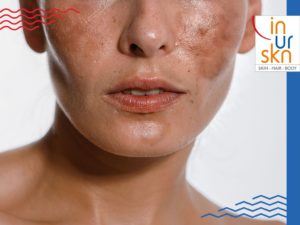
1. Blemishes & Uneven Skin Tone:
Skin sensitivity can arise from factors like aging, sun exposure, pollution, and lifestyle choices such as smoking and drinking. Infections and allergies may cause skin trauma, leading to uneven skin tone characterized by varied pigmentation levels, resulting in marks and blemishes. This can give the skin a dull, patchy, and uneven appearance.
2. Freckles, Lentigenes, etc.:
Freckles are brown flat spots commonly seen on sun-exposed areas, especially in fair-skinned individuals. Lentigenes, larger than freckles, appear on any body part at any age and result from increased melanin formation, often seen in light or fair-skinned individuals. Both freckles and lentigenes mark the skin’s response to sunlight, differing primarily in size and melanin production, and are more prevalent among lighter skin tones.
3. Melasma:
Melasma causes dark patches on the skin, typically seen on the face, especially the cheeks, forehead, bridge of the nose, and chin. It’s often symmetrical and occurs due to hormonal fluctuations, sun exposure, or genetic predisposition.
4. Spots, Marks, PIH, etc.:
Spots and marks on the skin of darker color can result from various issues like allergic reactions, injury, infections, rubbing actions, or picking at boils or pimples. These are often referred to as Post Inflammatory Hyperpigmentation (PIH). They can vary in size, from tiny spots the size of a pea to larger patches.
5. Pigmented Birthmarks:
Birthmarks are marks on or below the skin that differ in color or shade from the surrounding area. They may be present at birth or appear shortly after birth and are often caused by an increase in melanin levels in a specific area or abnormal growth of blood vessels.
6. General Darkened, Tanned Skin:
Tanned or darkened skin is a common result of exposure to UV rays from the sun. As the skin generates more melanin in response to UV exposure, it becomes darker. Additionally, the cumulative effects of UV exposure and hormonal changes can lead to increased melanin levels, causing general darkening.
7. Darkened Lips:
Darkening of the lips can occur due to various reasons, including excessive sun exposure, smoking, caffeine consumption, and allergic reactions to cosmetic products or oral care items. Dehydration and lip-licking dermatitis can also contribute to darkened lips. Sometimes, hormonal fluctuations and underlying health issues may play a role.
8. Under Eye Dark Circles:
Under-eye dark circles, also known as periorbital hyperpigmentation, manifest as darkening of the skin beneath the eyes. They can be caused by factors such as fatigue, aging, genetics, dehydration, and thinning skin. Occasionally, they may indicate underlying health issues or nutritional deficiencies.
9. Darkened Neck, Under Arms, Other Folds of the Body:
Darkening of the skin in areas like the underarms, neck, and body folds often occurs due to friction, irritation, hormonal changes, obesity, or insulin resistance. It can be associated with metabolic syndromes and may require medical evaluation. Managing underlying conditions and maintaining proper hygiene can sometimes help reduce darkening.
Prevention and Control of Hyperpigmentation:
Preventing and controlling hyperpigmentation involves several key strategies:
Sun Protection:
Always use sunscreen with high SPF and wear protective clothing, hats, and sunglasses when exposed to the sun. Sunscreen is your first line of defense against hyperpigmentation.
Avoid Irritants:
Be cautious with skincare products, and avoid harsh ingredients like strong acids or abrasive scrubs, as they can exacerbate hyperpigmentation. Opt for products specifically designed for sensitive or pigmented skin.
Gentle Exfoliation:
Incorporate gentle exfoliation into your skincare routine to promote healthy cell turnover. Products containing alpha hydroxy acids (AHAs) or beta hydroxy acids (BHAs) can help fade existing pigmentation and prevent new spots from forming.
Lifestyle Changes:
Maintain a healthy lifestyle by staying hydrated, getting enough sleep, and avoiding smoking and excessive alcohol consumption. Smoking and alcohol can contribute to skin damage and exacerbate hyperpigmentation.
Protective Clothing:
Wearing wide-brimmed hats, long sleeves, and sunglasses can provide physical protection from the sun’s harmful rays. Consider sun-protective clothing if you spend extended periods outdoors.
Consult a Dermatologist:
If you have a history of hyperpigmentation or are concerned about developing it, consult a dermatologist. They can provide personalized guidance and recommend suitable products and treatments.
Treatments Available for Hyperpigmentation:
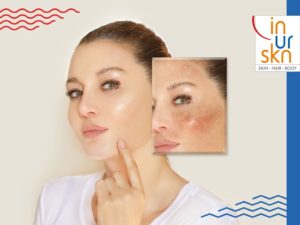
Various treatments are available to address hyperpigmentation, depending on the type and severity of the condition:
Topical Treatments:
Topical products containing ingredients like hydroquinone, retinoids, and alpha hydroxy acids (AHAs) can help lighten pigmentation. Dermatologists can prescribe higher-strength formulations for more significant results.
Chemical Peels:
Chemical peels involve applying a chemical solution to the skin to remove the top layer, revealing smoother, more evenly pigmented skin underneath. They can be tailored to address specific types of hyperpigmentation.
Laser Therapy:
Laser treatments, including fractional laser and intense pulsed light (IPL), target excess pigmentation in the skin. They work by breaking down melanin and stimulating collagen production.
Microdermabrasion:
This non-invasive procedure exfoliates the skin’s surface, helping to improve the appearance of hyperpigmentation. It’s suitable for mild to moderate cases.
Microneedling:
Microneedling involves the use of tiny needles to create micro-injuries in the skin, promoting collagen production and helping to fade pigmentation.
The Importance of Consulting a Dermatologist:
While over-the-counter products, home remedies, and advice from friends and family may seem tempting, consulting a dermatologist for hyperpigmentation is crucial for several reasons:
Accurate Diagnosis:
Dermatologists can accurately diagnose the specific type and cause of hyperpigmentation. This is essential for tailoring a treatment plan that addresses the root cause of your pigmentation issue.
Customized Treatment:
Dermatologists create personalized treatment plans based on your skin type and the nature of your hyperpigmentation. They can recommend the most effective treatments for your specific condition.
Access to Advanced Therapies:
Dermatologists have access to the latest advances in hyperpigmentation treatment, including prescription-strength products and cutting-edge procedures. These treatments often yield better and faster results than over-the-counter alternatives.
Prevention of Complications:
Dermatologists monitor your progress and manage any side effects that may arise during treatment. This oversight ensures a safe and effective treatment journey, particularly for more intensive treatments.
Conclusion:
Hyperpigmentation is a common skin concern with various types and causes. Effective prevention, control, and treatment are possible with the guidance of a dermatologist. By seeking professional care, you can achieve clearer, more even-toned skin and boost your confidence. For residents of Mumbai seeking pigmentation treatment or hyperpigmentation treatment, consulting a dermatologist is the first step toward achieving your skincare goals. Remember, your skin’s health is an important aspect of your overall well-being, and professional care is a proactive step toward achieving your skincare goals.
About Dr. Sejal Saheta and InUrSkn:
Built on more than a decade of experience of Dr. Sejal Saheta, we are an honest and affordable skin and hair care clinic in Powai, Mumbai. Our goal is to make each patient comfortable and happy with their appearance with the least amount of intervention.
Dr. Sejal Saheta has dual degrees of MD and DNB in dermatology and venereology and has worked alongside some of the senior most doctors at the largest hospitals in Mumbai.
Located in Powai, InUrSkn is the largest skin and hair clinic in central suburbs of Mumbai and offers the latest technology in the safety of world class infrastructure.
We are happy to be a part of your journey to reach your health goals. If you think we have been able to help you, please do review us:
On Practo: https://prac.to/vkpj
On Google: https://goo.gl/zHfACo
How can Dr. Sejal and InUrSkn help?
No matter what your skin and hair needs, Dr Sejal Saheta ensures personal attention to each patient and creates customized and scientifically-backed treatment plans for each patient. Through her years of experience and use of technology at her clinic (InUrSkn – Skin and Hair Clinic) located in Powai, Mumbai, she has been able to consistently deliver great results in the field of dermatology, trichology and cosmetology to thousands of patients.
For Hyperpigmentation Related Conditions, InUrSkn Offers a wide variety of procedures, these include but are not limited to:
Laser Skin Rejuvenation
Medical Peels (Chemical Peels)
Vampire Facial / PRP Facial
Microdermabrasion (Skin Polishing)
Iontophoresis (Ionization)
Medical Skin Cleanup
Microneedling (Skin Resurfacing)
CO2 Fractional Laser Skin Resurfacing
Oxygen Facial
Hydrafacial
Carbon Laser Peel (Hollywood Facial)
Laser Birthmark / Spot Reduction
HA Injections
Meso Glow Therapy
Threads & Dermal Fillers for scars
Custom Medical Facials (Skin Rejuvenation Packages)
Full Body Skin Rejuvenation
Radiofrequency Microneedling
Plasma Fibroblast




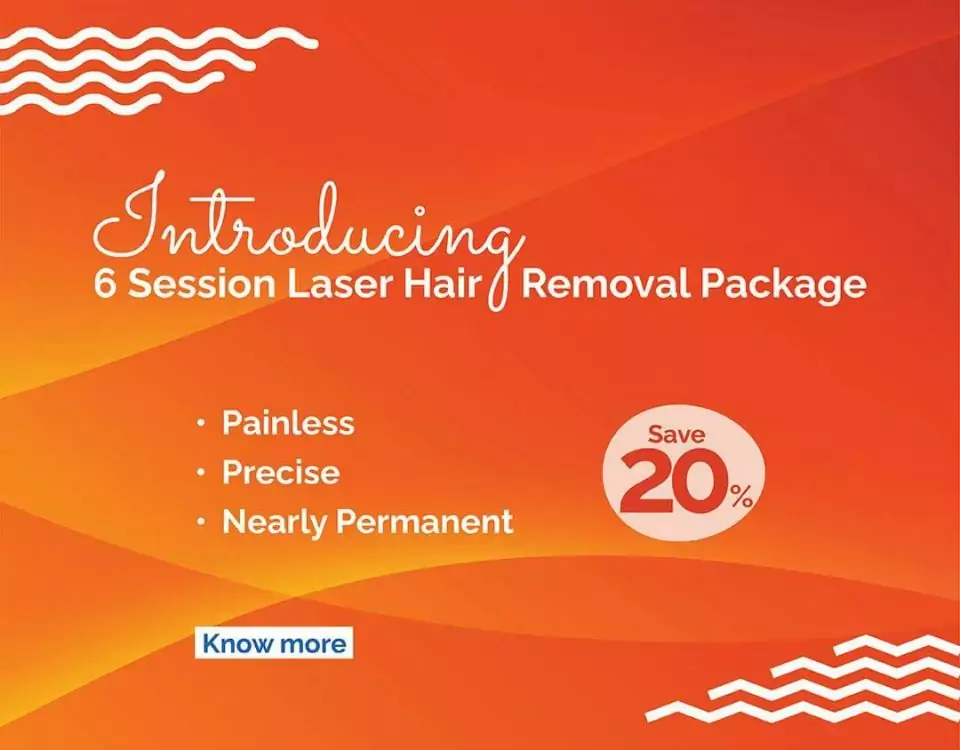
















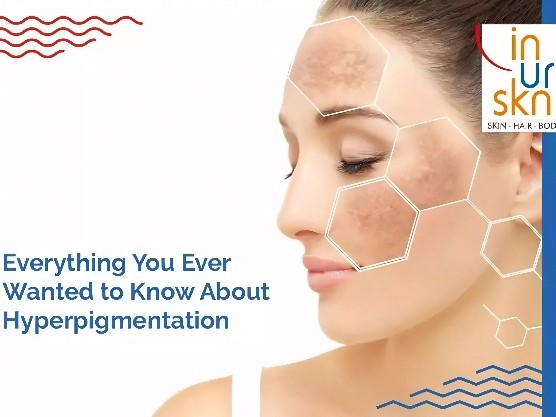
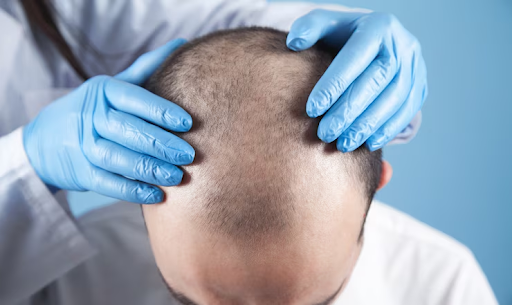


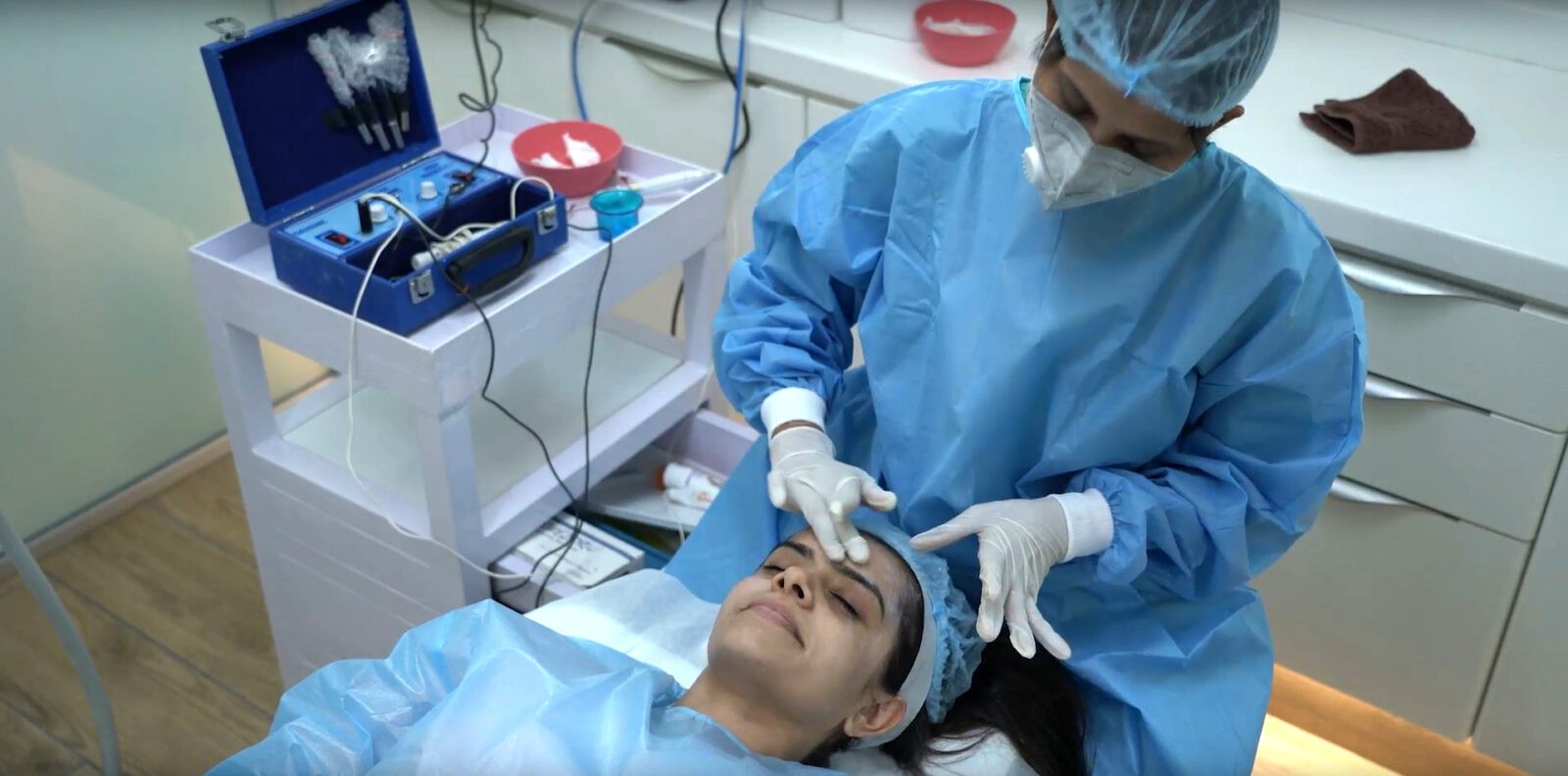
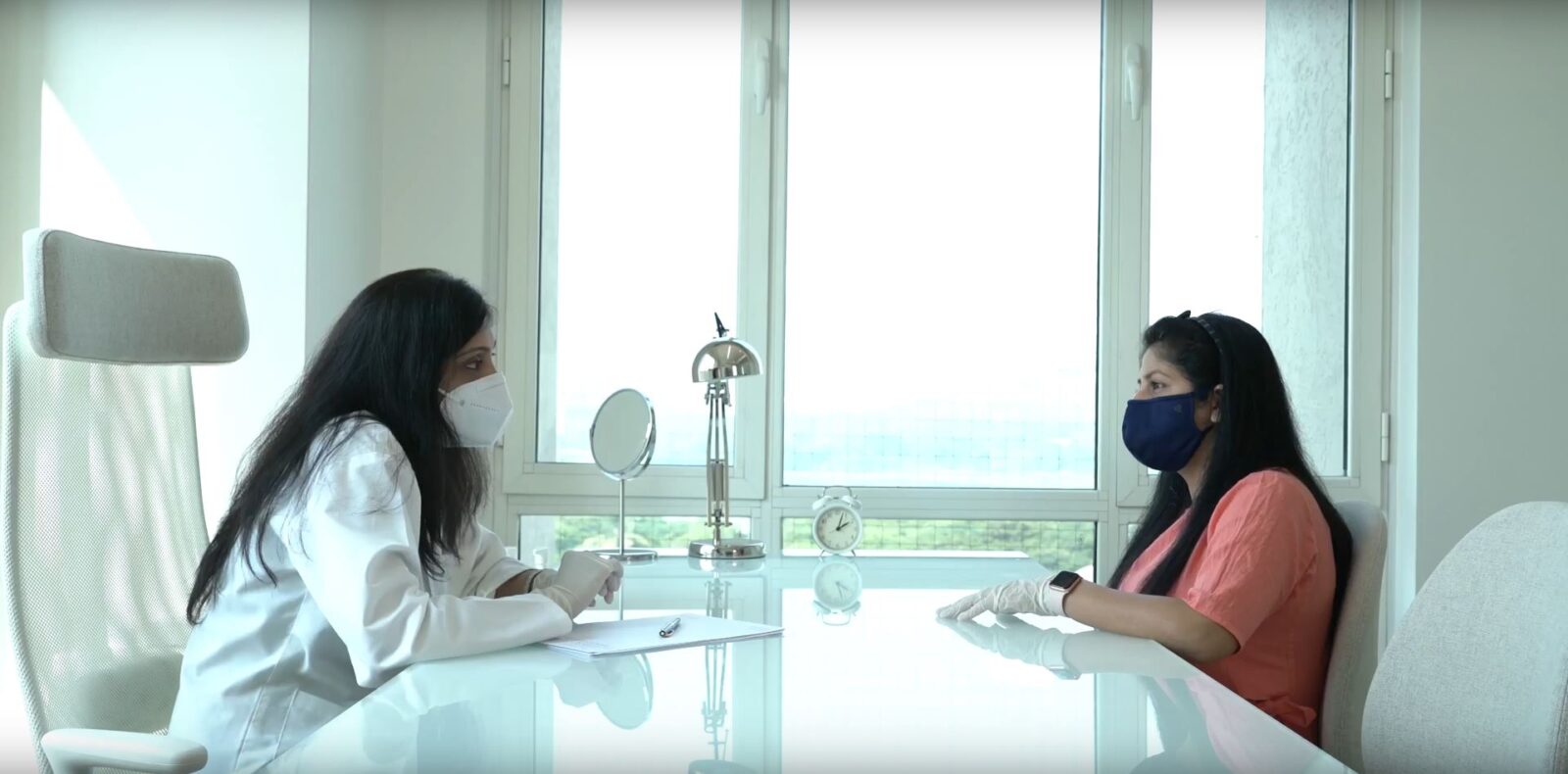

 Call us
Call us Book Appointment
Book Appointment Enquire
Enquire Location
Location




